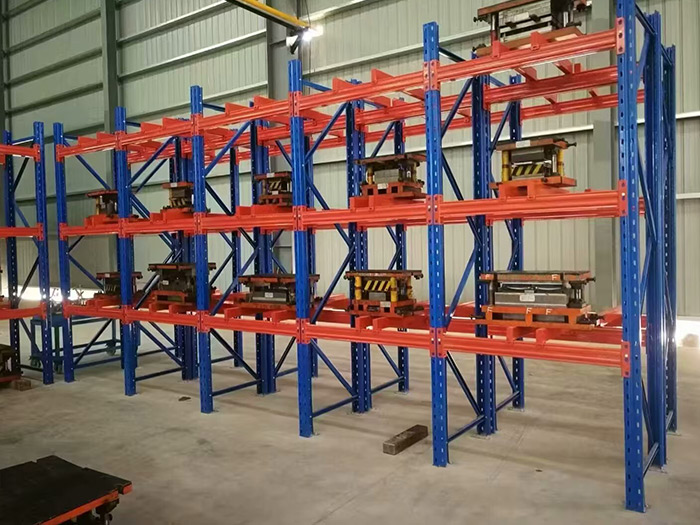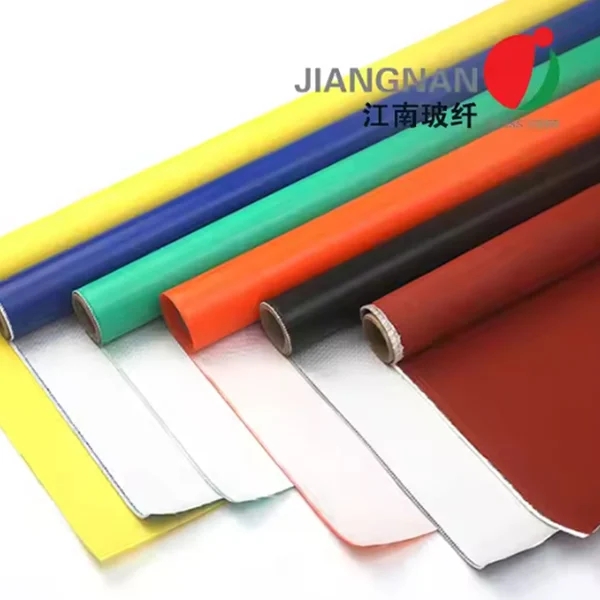The Hidden Dangers of PVC: Why We Should Avoid It for a Safer Future
2 min readIn today's fast-paced world, we often overlook the potential dangers lurking in everyday products. One such hazard is polyvinyl chloride (PVC), a widely used synthetic plastic. While PVC has its benefits, it is crucial to understand why we should avoid it to protect our health, the environment, and ensure a sustainable future. This blog post will delve into the various reasons why PVC should be eliminated from our lives and explore alternative options.
- Health Risks Associated with PVC:
PVC contains toxic additives, including phthalates and lead, which can leach into the environment and pose severe health risks. Phthalates, used to soften PVC, have been linked to hormonal disruptions, reproductive issues, and even certain types of cancer. Additionally, lead, often found in PVC pipes and fittings, can contaminate drinking water and cause neurological damage, especially in children. By avoiding PVC, we can safeguard our well-being and that of future generations. - Environmental Impact of PVC:
PVC production and disposal have significant environmental consequences. The manufacturing process releases toxic chemicals and greenhouse gases, contributing to air pollution and climate change. Moreover, PVC is not easily recyclable and often ends up in landfills or incinerators, further polluting the environment. By opting for PVC-free alternatives, such as sustainable plastics or natural materials, we can reduce our carbon footprint and promote a cleaner planet. - PVC in Construction and Building Materials:
The construction industry heavily relies on PVC due to its durability and cost-effectiveness. However, there are safer alternatives available. PVC pipes, for instance, can be replaced with eco-friendly materials like high-density polyethylene (HDPE) or cross-linked polyethylene (PEX), which are non-toxic, corrosion-resistant, and have a longer lifespan. By choosing these alternatives, we can ensure safer water systems and reduce the environmental impact of construction projects. - PVC in Consumer Products:
PVC is prevalent in various consumer goods, including toys, packaging, and clothing. When purchasing these items, it is essential to look for PVC-free alternatives. Children's toys, for example, can be made from natural materials like wood or safer plastics like polypropylene. Similarly, opting for PVC-free packaging materials, such as cardboard or biodegradable plastics, can help minimize waste and protect our health. - Promoting PVC-Free Policies and Regulations:
To create a PVC-free future, it is crucial to advocate for stricter regulations and policies. Governments and organizations should prioritize the development and promotion of safer alternatives, incentivize sustainable practices, and educate the public about the hazards of PVC. By raising awareness and demanding change, we can drive the transition towards a safer and more sustainable society.
Conclusion:
In conclusion, the hazards associated with PVC cannot be ignored. By understanding the health risks, environmental impact, and available alternatives, we can make informed choices and actively avoid PVC in our daily lives. Embracing PVC-free options not only protects our well-being but also contributes to a greener future. Let us take a stand against PVC and pave the way for a safer and more sustainable world.



